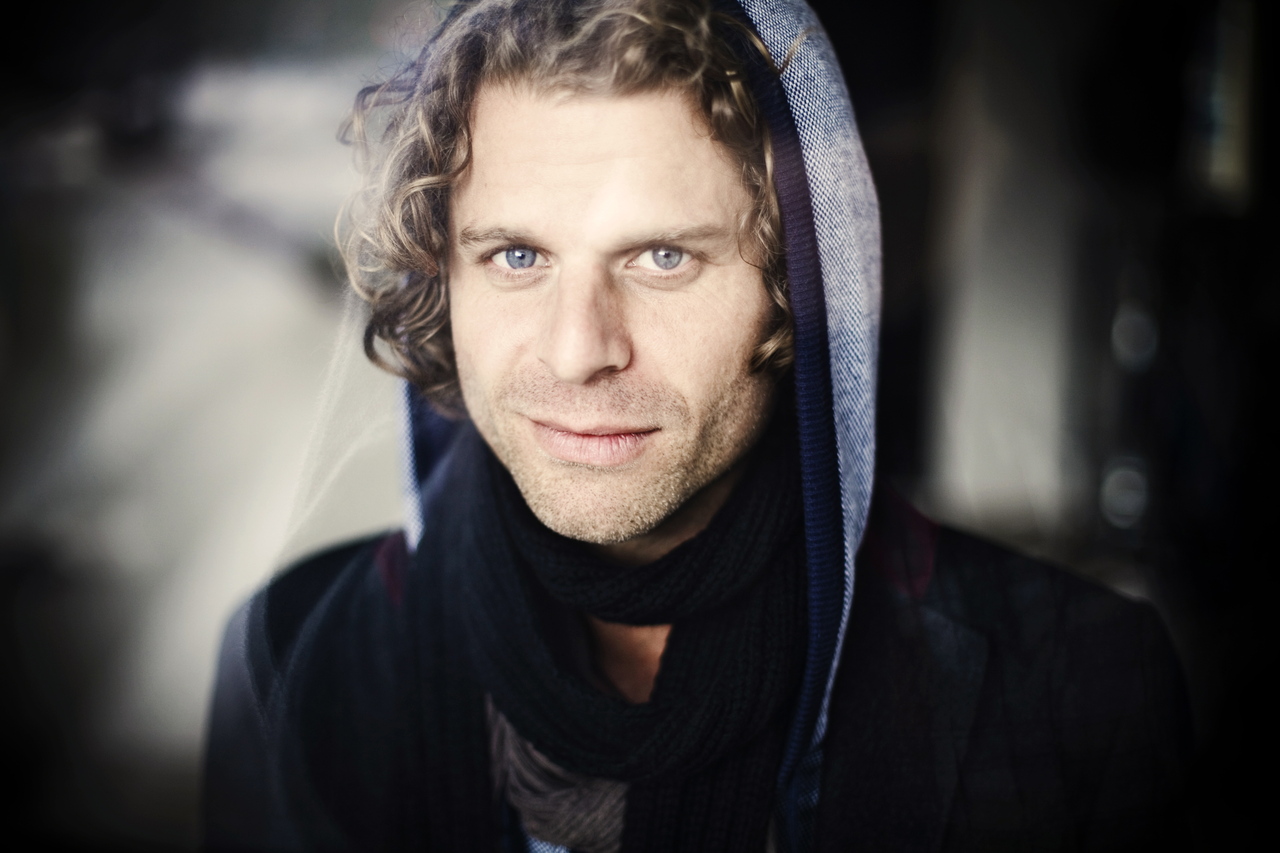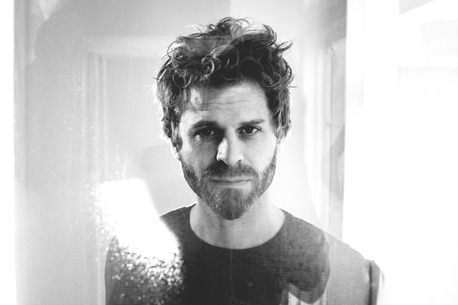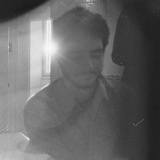Written by:
Eduard Alexandru
Share article:
Traveling
He worked with numerous artists including Sidsel Endresen, Ricardo Villalobos, Skuli Sverrisson, Nils Petter Molvaer, Laurie Anderson, Nan Goldin, Eivind Aarset, Max Loderbauer, Mark Feldman or Jan Bang. He recorded several albums for ECM and built his own label arjunamusic records in 2012, on which he implements his idea of overlapping improvised acoustic music with electronic club music.
Besides working on many new projects including AMBIQ (with Max Loderbauer and Claudio Puntin) or with Nils Petter Molvaer, he collaborates with Soundwalk Collective, Nan Goldin, Harmen Fraanje, Daniel Erdmann & Vincent Courtois, Max Loderbauer & Luigi Rangino, Tyler Friedman, and many others, and is focusing on his solo work in the field of acoustic/electronic music.
You say you consider yourself a world citizen, so how do your travels and collaborations influence your musical approach?
Samuel Rohrer: Traveling teaches you to accept whatever happens. The more I`ve traveled the more I felt at home wherever I was. I would say this is very similar to playing music and improvising. To accept what ever it is that comes your way and to try to keep an alert mind without overthinking every move and step you make, makes you free.
I am sure that a voyage and playing improvised music are pretty much the same. Only, there must be the rule of no rules. You might have an idea about where you want to go and with whom, but the possibilities of the outcome are endless. I needed to learn to have trust in the surroundings or the music. Which means in myself and the people you meet or play with. This, i guess, i learned the most from traveling in India by myself and without having a clear plan where i wanted to go and when. I just kept going and trusted the environment, to bring me to the right places and people. It was the most amazing trip i have made so far.


